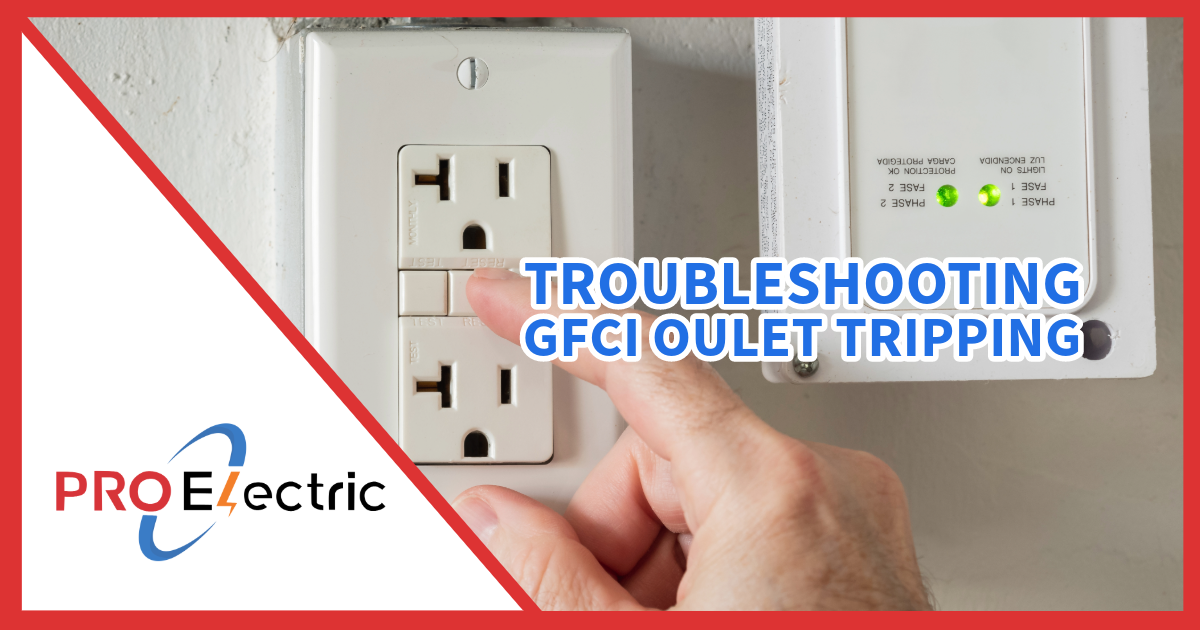Dealing with circuit breaker issues can be daunting, but you can troubleshoot problems effectively with the right approach. Here’s a comprehensive step-by-step guide to identify and solve circuit breaker issues in your home:
Always prioritize safety when dealing with electrical issues. Only attempt to repair or inspect wiring if you know the process. Electrical work can be hazardous and is best left to professionals if there is any doubt. Following this guide, you can troubleshoot and resolve many common circuit breaker issues, ensuring your home’s electrical system functions safely and efficiently.
Dealing with circuit breaker issues can be daunting, but you can troubleshoot problems effectively with the right approach. Here’s a comprehensive step-by-step guide to identify and solve circuit breaker issues in your home:
Always prioritize safety when dealing with electrical issues. Only attempt to repair or inspect wiring if you know the process. Electrical work can be hazardous and is best left to professionals if there is any doubt. Following this guide, you can troubleshoot and resolve many common circuit breaker issues, ensuring your home’s electrical system functions safely and efficiently.





